Asthma Cooperative Agreement Partner Profile – Utah
The Utah Asthma Program (UAP) has been part of CDC’s National Asthma Control Program since 2001. The UAP works alongside partners to improve the quality of asthma care, improve asthma management in schools, and foster policies to help reduce exposure to asthma triggers in outdoor, indoor, and workplace environments.
Strategies in Action
- UAP launched the Utah Asthma Home Visiting Program (UAHVP) in January 2016. The program consists of three visits and two follow-up phone calls. The UAHVP serves families with uncontrolled asthma by training and sending local health department (LHD) personnel into homes to provide asthma self-management education, trigger assessment and reduction, and referrals to healthcare providers or home remediation services. Salt Lake County, Utah County, and Southeast Utah LHDs implement the UAHVP, collaborating with UAP to evaluate program performance and conduct quality improvement activities. In 2022, about 58% of those who had uncontrolled asthma at the first visit achieved control by a 12-month follow-up visit, and 61% showed improvement in their Asthma Control Test (ACT) score from the first visit to a 6-month follow-up visit. All participants (100%) agreed that the UAHVP would improve their quality of life. UAP has supported the LHDs in adapting the UAHVP to accommodate a virtual visiting format since 2020.
- Since 2014, UAP and the Utah Pediatric Partnership to Improve Healthcare Quality have successfully recruited and guided 37 clinics to improve primary care diagnosis and team-based management of patients with asthma. Clinics participate in a 6-month learning collaborative to improve guidelines-based asthma care practices. A 2022 evaluation showed that participating clinics improved in many areas, including an increase in asthma assessments using a standardized tool (ACT) from 38% to 90% and an increase in patients with a current asthma action plan/self-management plan on file from 55% to 100%.
- The UAP promotes air quality guidance to address public concerns about poor air quality, including winter inversions, summer ozone, and wildfire smoke. UAP worked with the Utah Department of Environmental Quality and the Asthma Task Force in 2016 to update the Utah Recess Guidance, which provides recommendations for school personnel on when to hold recess indoors on poor air quality days. UAP continues to maintain an air quality listserv to provide particulate alerts, sending emails to 325 schools on days when students should remain indoors. In 2021, as part of a multi-department quality improvement project, the UAP began to explore automation of Recess Guidance email alerts, selecting an email automation platform to provide targeted alerts by county.
- The Utah Asthma Task Force collaborated with the UAP on a workgroup concerning a stock albuterol policy in Utah starting in late 2018. The stock albuterol law passed unanimously in the 2019 legislative session, allowing Utah schools to keep stock albuterol and administer it to students in case of an emergency. The UAP further collaborated with additional partners, including the Utah Department of Health and Human Services School Nurse Liaison, to prepare guidelines and data collection forms for the implementation of the policy in July 2020. In 2022, an evaluation of stock albuterol identified key barriers to implementing the initiative, including finding a provider to write the prescription, finding a pharmacy to fill the prescription, and costs to acquire the medication.

Asthma by the numbers:
249,663 Adults with asthma
56,817 Children with asthma
In 2020, a total of 249,663 Utah adults (10.8% of the adult population) and 56,817 Utah children ages 0–17 years (6.2%) had asthma.
5,775 ER visits
874 Hospitalizations
In 2019, Utah recorded 5,775 emergency department visits and 874 hospitalizations due to asthma.
National Asthma Control Program: EXHALE
E
on asthma self-management
X
smoking and exposure to secondhand smoke
H
visits for trigger reduction and asthma self-management education
A
of guidelines-based medical management
L
and coordination of care across settings
E
policies or best practices to reduce asthma triggers from indoor, outdoor, or occupational sources
CDC’s National Asthma Control Program (NACP) and its partners help people with asthma achieve better health and improved quality of life. NACP developed EXHALE, a set of six public health strategies that each contribute to better asthma control.
Each EXHALE strategy has been proven to reduce asthma related hospitalizations, emergency department visits, and healthcare costs. Using the EXHALE strategies together in a community can have the greatest impact.


